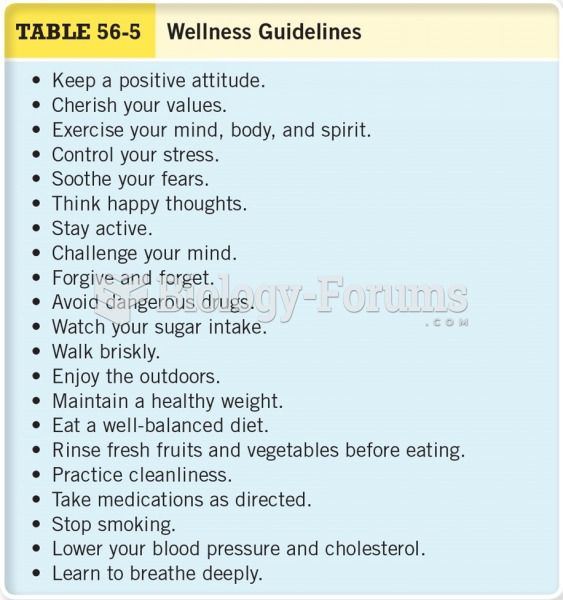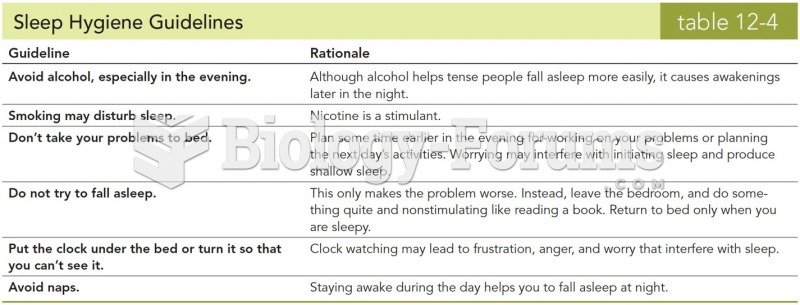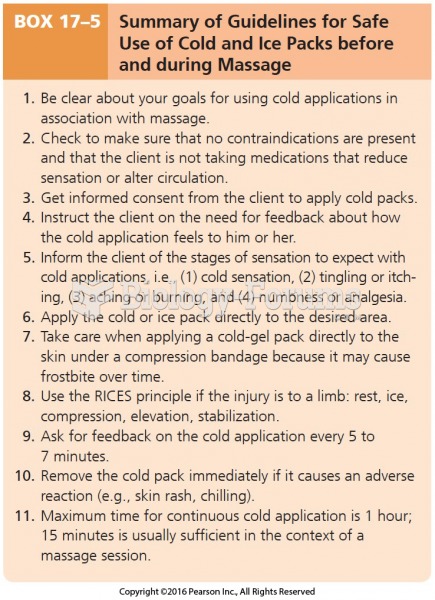|
|
|
More than 34,000 trademarked medication names and more than 10,000 generic medication names are in use in the United States.
Your chance of developing a kidney stone is 1 in 10. In recent years, approximately 3.7 million people in the United States were diagnosed with a kidney disease.
Astigmatism is the most common vision problem. It may accompany nearsightedness or farsightedness. It is usually caused by an irregularly shaped cornea, but sometimes it is the result of an irregularly shaped lens. Either type can be corrected by eyeglasses, contact lenses, or refractive surgery.
Bacteria have been found alive in a lake buried one half mile under ice in Antarctica.
People with high total cholesterol have about two times the risk for heart disease as people with ideal levels.







